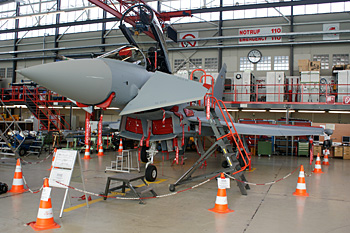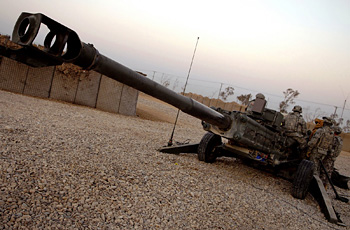INDIAN ARMED FORCES CHIEFS ON
OUR RELENTLESS AND FOCUSED PUBLISHING EFFORTS

SP Guide Publications puts forth a well compiled articulation of issues, pursuits and accomplishments of the Indian Army, over the years

I am confident that SP Guide Publications would continue to inform, inspire and influence.

My compliments to SP Guide Publications for informative and credible reportage on contemporary aerospace issues over the past six decades.
- Prime Minister witnesses 'Bharat Shakti' – a Tri-Services Firing and Manoeuvre Exercise in Pokhran, Rajasthan
- Interim Defence Budget 2024-25 — An Analysis
- Union Defence budget 2024
- Prime Minister Modi Commemorates Indian Navy Day in a Grand Ceremony
- Prime Minister Modi Flies in the LCA Tejas
- New Chapter in India-Italy Defence Ties
- Airpower beyond Boundaries
EADS-BAE proposed consortium to be the largest ever merger


One of the theories that insiders in both EADS and BAE had for the MMRCA loss was that it wasn't led by the British team, which had decades of experience doing aerospace business with India. The much more inexperienced German component of the consortium, some in both companies say, may not have known precisely how to handle the programme. This was only one example of disparate corporate entities perhaps not taking the best decision available—something that may be streamlined with a merger. The complexity of both companies, though, would still need a phenomenal degree of synergy, considering that the EADS and BAE have overlapping interests and business units. For instance, both companies manufacture trainer aircraft, UAVs and other advanced systems for the civil sphere. The merged entity would, however, be perhaps the most integrated weapons company in the world—making everything from warships, to aircraft, UAVs, helicopters and spacecraft, to land systems, electronics, military vehicles, missiles and artillery. India has procurement or joint development interests in virtually every one of those areas.
Both EADS and BAE Systems have had a fairly mixed bag in the country, even if analysts find it tempting to paint most things now with the MMRCA brush. BAE Systems has a successful Hawk programme currently on with HAL—it has just been handed an RFP for 20 more Hawks for the IAF's revamped aerobatics team—and is in line to receive close to a billion dollar deal for 145 M777 ultra-light artillery guns. Several other competitions, both in defence and civil, shore up a healthy market outlook for a company that has, across several avatars, been an old hand in dealing with India. EADS, on the other hand, has faced a string of disappointments in India, certainly as far as defence is concerned. While the Typhoon defeat stung badly, it was also made to endure two big-ticket contract aborts at the last moment—the first attempt to procure 197 light reconnaissance helicopters and the first attempt to procure six new mid-air refuelling tankers. The company waits eagerly for the outcome of the sophomore attempt on both contracts.
A corporate coming together of the two companies would make the resulting entity a formidable one, even if one is to consider how wrong mergers in the arms industry can actually go. In India, an EADS-BAE entity would be in a position to be a pan-industry vendor. And considering that India happens to be one of the few countries that doesn't appear to be in a position to slash its security spending, New Delhi could take primacy of place in the attention that the new company pays to international customers.





